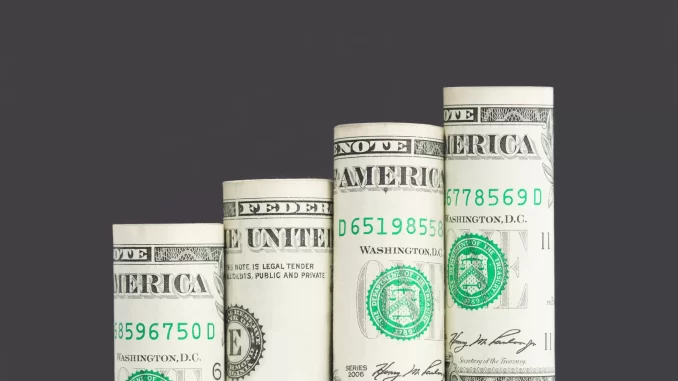
Well, we waited two weeks for the New York State budget agreement. What did we get for it? Let’s see.
Spending Way Up
No surprise to anyone who paid attention over the last few decades, spending is up. The legislature lopped on an additional $2 billion in spending from the governor’s proposed budget. That means that New
York State will have a budget of $235 billion. This is an astonishing $60 billion more than what is in place in 2019.
We warned that if the legislature spent wildly after receiving unconditional Covid aid from the federal government, they would simply incorporate that extra money into the base, thereby making these remarkably high budgets the new normal. That’s exactly what happened. New York’s budget is now about twice that of the state of Florida.
The Sunshine State has 3 million more people than New York and no state income tax, yet has a budget significantly less. And guess what? Their roads are better than ours and their school test scores are among the tops in the nation. New York, on the other hand, continues to spend more per pupil than any other state in the nation, yet our student test scores are hovering in the bottom half of the national rankings.
Hold Harmless Provision Preserved
The legislature pushed back on the governor’s attempt to end the hold harmless provision in state aid. That was an understanding amongst the legislature and the governor that each district would get at least as much money in state aid as they did the prior year.
The good part about the hold harmless provision is that it protected most of the districts cut by the governor, which were those on Long Island perceived to be wealthier districts. But this is somewhat misleading, since the less wealthy districts are already receiving far more money than the wealthier districts. For instance, a less wealthy Hempstead receives a whopping $100 million annually, as compared to the wealthier Garden City, which receives a mere $5 million. Once all the state aid is factored in, Hempstead actually has a spending level that is higher per pupil than their wealthier neighbors in Garden City.
Nevertheless, the governor has a sensible argument that we shouldn’t necessarily be giving more money to districts as enrollment is dropping. To get the budget passed, the legislature agreed to a study to be conducted by the liberal Rockefeller Institute to determine how state aid could be dispersed more fairly in the future.
We must recall that this same issue came up at the turn of this century where the advocacy groups sued the state, claiming that the state aid distribution was unconstitutional and unfair to the poor districts. It led to a revision of the formula and a massive infusion of additional dollars to the poorer districts. Alas, all that extra money did little to nothing in improving test scores.
So we now know there is little to no correlation between more money being spent in these districts and better performance. The better option would have been for the governor and the state legislature to lift the cap on charter schools. The governor claims she was a supporter of charters, but has not really used her enormous powers and leverage to eliminate this cap.
Housing
On housing, progress was made in resurrecting the tax incentives for developers constructing affordable housing. This provision had been in limbo for the last several years. As a trade-off, the legislature claims to have received further tenant protections, the details of which are still being ferreted out.
One very important provision that was not approved was the odious good faith eviction bill, which would’ve made it extraordinarily difficult for a landlord in New York to get rid of a problem tenant. Passage of this bill would have been a nightmare for small landlords and led to a further crunch in needed housing.
Illegal Cannabis Shops
Hooray for state leaders who finally got off their duffs and dealt with the lunacy of allowing illegal marijuana shops to sprout up everywhere, while simultaneously trying to promote their legal pot outlets.
These scofflaws were operating illegally in front of our faces, yet state leaders did nothing. The new state laws will enable local governments to crack down where the state has failed to do so.

